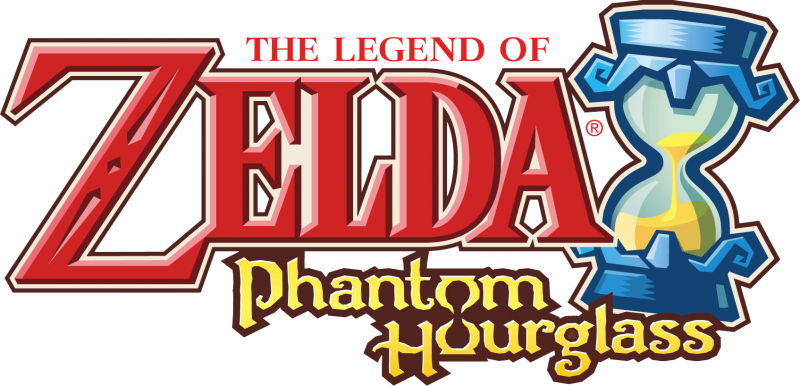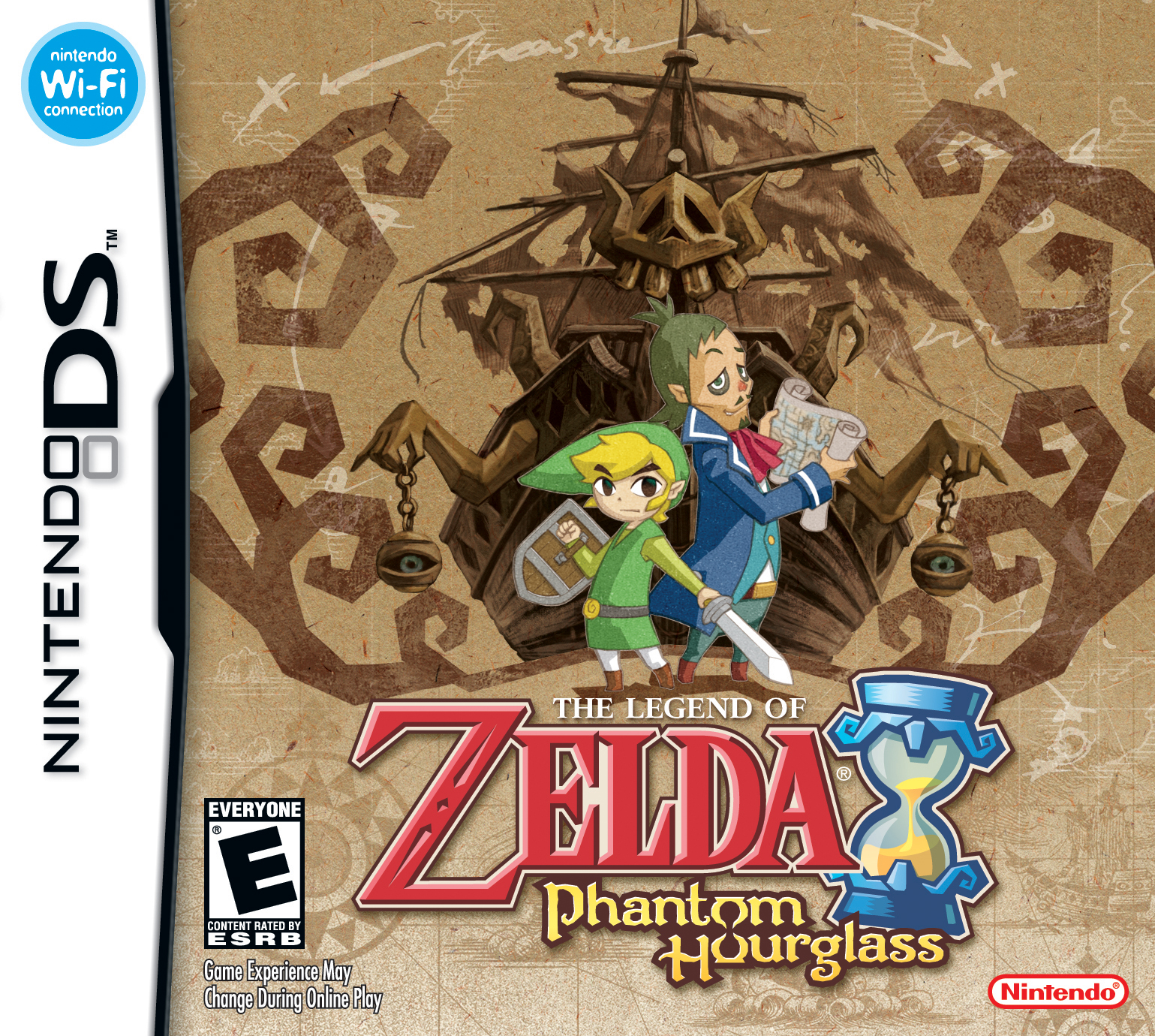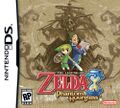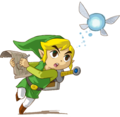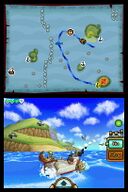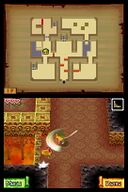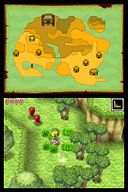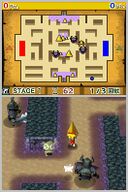Phantom Hourglass Staff: Difference between revisions
No edit summary |
No edit summary |
||
| Line 72: | Line 72: | ||
| NOA Localization Management || Nate Bihldorff<br/>Jeff Miller<br/>Leslie Swan<br/>[[Bill Trinen]] | | NOA Localization Management || Nate Bihldorff<br/>Jeff Miller<br/>Leslie Swan<br/>[[Bill Trinen]] | ||
|- | |- | ||
| NOA Testing Department || Michael Leslie<br/>Patrick Taylor<br/>Melvin Forrest<br/>Joel Simon | | NOA Testing Department || [[Michael Leslie]]<br/>[[Patrick Taylor]]<br/>[[Melvin Forrest]]<br/>[[Joel Simon]] | ||
|- | |- | ||
| Progress Management || Keizo Kato | | Progress Management || [[Keizo Kato]] | ||
|- | |- | ||
| Supervisors || Yoichi Yamada<br/>Toshihiko Nakago<br/>[[Takashi Tezuka]] | | Supervisors || [[Yoichi Yamada]]<br/>[[Toshihiko Nakago]]<br/>[[Takashi Tezuka]] | ||
|- | |- | ||
| Technical Support || Hironobu Kakui<br/>Yoshito Yasuda<br/>Takehiro Oyama | | Technical Support || Hironobu Kakui<br/>Yoshito Yasuda<br/>Takehiro Oyama | ||
| Line 82: | Line 82: | ||
| Debug || Naoki Takami<br/>[[Super Mario Club]] | | Debug || Naoki Takami<br/>[[Super Mario Club]] | ||
|- | |- | ||
| Special Thanks || Takumi Kawagoe<br/>Koichi Kawamoto<br/>Tomoaki Kuroume<br/>Toshiaki Suzuki<br/>Tadashi Sugiyama<br/>Takahiro Hamaguchi<br/>Taro Bando<br/>Makoto Miyanaga<br/>[[SRD Co., Ltd.|SRD]]<br/>DIGITALSCAPE Co., Ltd. | | Special Thanks || [[Takumi Kawagoe]]<br/>[[Koichi Kawamoto]]<br/>[[Tomoaki Kuroume]]<br/>[[Toshiaki Suzuki]]<br/>[[Tadashi Sugiyama]]<br/>[[Takahiro Hamaguchi]]<br/>[[Taro Bando]]<br/>[[Makoto Miyanaga]]<br/>[[SRD Co., Ltd.|SRD]]<br/>DIGITALSCAPE Co., Ltd. | ||
|- | |- | ||
| Producer || [[Eiji Aonuma]] | | Producer || [[Eiji Aonuma]] | ||
Revision as of 06:16, May 21, 2020
| Release | ||
|---|---|---|
Platform | Date | |
| Credits | ||
Developer | ||
Producer | ||
Director | ||
| Guides | ||
Walkthrough | ||
| Media | ||
Gallery | ||
Music | ||

|
In-depth guide:
Phantom Hourglass Walkthrough |
The Legend of Zelda: Phantom Hourglass is a hand-held Zelda title that was released for Nintendo DS in 2007. This game is a direct sequel of The Wind Waker and carries over many aspects from the game, including the cel-shaded graphics, certain characters, and a series of islands that require travel by boat.
Development
- Main article: Phantom Hourglass Staff
At the 2006 Game Developer's Conference, fans saw the very first glimpse of what would become Link's first quest on the Nintendo DS, Phantom Hourglass. The trailer showed off a game that completely utilized the Nintendo DS touch screen, rather than the more standard use of the d-pad and the control buttons. A year later when the game was released, fans were able to get their hands on a Zelda title unlike anything they had played before.
Gameplay
Like the 2D games, excluding The Adventure of Link, Phantom Hourglass features a top-down view. However, some sections of the game such as certain boss battles and the ocean feature a more traditional 3D view. The entire game can be controlled using just the Nintendo DS stylus, using it to tap or swipe on the screen to strike with Link's sword or use the six unique items found throughout the game. Because of the design of the controls, the entire game can be played with one hand. Additionally, the game also utilizes the Nintendo DS Microphone, which players can blow into or shout at in order to solve puzzles. Another difference between Phantom Hourglass and Zelda games from A Link to the Past onward is that there are no Pieces of Heart, only complete Heart Containers.
The land is once again flooded in this title like in The Wind Waker. Unlike in The Wind Waker however, the ocean map is split into 4 regions, and the player's ability to explore has been expanded by collecting Sea Charts. This game mechanic continued in Spirit Tracks. The Sea Chart and the regularly map can be written on using the stylus to make notes. The vast ocean can be explored using Linebeck's steam ship which players can plot a route for by drawing on the Sea Chart.
Also unique to this game is the Temple of the Ocean King, a timed dungeon which players slowly work their way through, unlocking more floors to it as they progress through the game, collecting Sea Charts to access more of the ocean. Eventually, the goal is to reach the bottom of the temple and defeat the boss. This mechanic of a core dungeon was brought back in Spirit Tracks.
Story
One day when sailing in the sea, Tetra and her gang of pirates are on a search for the mystical Ghost Ship. According to Tetra, the Ghost Ship is ruled by obscure pirates who don't know any of the pirate rules. She expects to find them and teach them that there are rules to being a pirate. One of the pirates starts to talk about the "Protector of Waters" also known as the Ocean King. All of a sudden, their ship is engulfed in a mysterious fog. They come face to face with the Ghost Ship. Tetra hops over onto the Ship and then lightning strikes and she screams. Link jumps to save her, but misses and falls into the ocean. Link wakes up on a strange island, where he meets Ciela the fairy, and old man Oshus. This is the only game in the Adult Timeline where Link has a fairy companion.
Release
Phantom Hourglass was originally released in June 2007 in Japan, with a worldwide release in October 2007. On November 20th, 2007, Nintendo of America announced a special Phantom Hourglass Nintendo DS Lite Bundle that would release on November 23rd, 2007, "Black Friday". This bundle included a gold Nintendo DS Lite with a Triforce symbol, as well as a copy of Phantom Hourglass. The system is almost identical to that of a limited edition Game Boy Advance SP.
Characters
Races
- Races in The Legend of Zelda: Phantom Hourglass.
Enemies
Bosses
Items
Locations
- Main article: Category:Phantom Hourglass Locations
Merchandise
- Phantom Hourglass Nintendo DS Lite Bundle released on November 23rd, 2007. This edition of the DS Lite comes with a bright gold finish, bears the Triforce logo in the lower right hand corner and comes bundled with The Legend of Zelda: Phantom Hourglass for the DS.
- Phantom Hourglass Nintendo DS Duo Case Twin Pack & Comfort Stylus is a licensed game cartridges case for Nintendo DS. It released in 2007 by PDP.
- Phantom Hourglass Yujin Nintendo DS Styluses are a set of 7 large styluses, each with an item from Phantom Hourglass.
Gallery
- Main article: Gallery:Phantom Hourglass
- See also: Gallery:Phantom Hourglass Bosses, Gallery:Phantom Hourglass Characters, Gallery:Phantom Hourglass Enemies, Gallery:Phantom Hourglass Items, Gallery:Phantom Hourglass Ship Parts, and Gallery:Phantom Hourglass Treasure
Screenshots
- Main article: Category:Phantom Hourglass Screenshot Files
Videos
Game Intro
American Commercial
American Commercial
UK Commercial
UK Commercial
Korean Commercial
Japanese Commercial
Zelda Dungeon video walkthrough
This is a list of the staff who developed Phantom Hourglass



